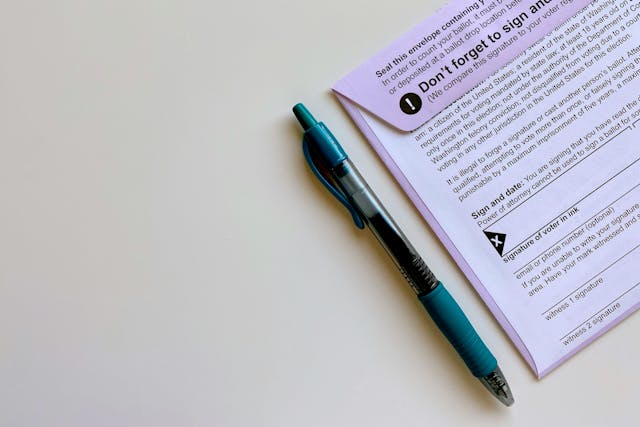Colorado Primaries will Disenfranchise Independent Voters

Colorado’s primary elections are one month away, but will only allow participation from voters and politicians who affiliate with a party. Colorado’s closed primaries effectively force the 36 percent of Coloradans who are unaffiliated with any party to either affiliate or have no say in who will show up on their ballots come November. The Democratic and GOP duopoly on primary elections is especially deficient for voters in Colorado’s 6th Congressional District.
Though the primaries have yet to occur, party leaders have already chosen their candidates. Republican U.S. Rep. Mike Coffman is running for a fourth consecutive term and on Tuesday announced an endorsement from Mitt Romney, who will help him at a fundraiser. Democrat Andrew Romanoff, the former speaker of the state House of Representatives, was long ago prescribed for the district’s Democratic voters by the Democratic Congressional Campaign Committee (DCCC).
However, characteristic of the state at large, neither Democrats (32.3%) nor Republicans (32.8%) make up a plurality of the district’s eligible voters –- unaffiliated/independent voters do (34%). Yet, the only way these voters can participate in an already fixed primary is to affiliate with options predetermined by the state.Besides the Democratic and Republican parties, Colorado’s secretary of state officially recognizes the Green, Libertarian, and American Constitution parties.
In 2012, independent candidate Kathy Polhemus was able to get on the general election ballot for the sixth district seat and won 4 percent of the vote, a sturdy achievement for a mostly self-financed campaign with no staff outside of her husband. The only other alternative party candidate to appear on the 2012 ballot was Libertarian Patrick Provost, who pulled in 2.5 percent of the vote.
Colorado requires congressional candidates unaffiliated with any recognized party to submit a petition containing 800 valid signatures or two percent of the total votes cast in that congressional district in the last general election -- whichever is fewer. This year’s deadline is July 10, 2014, but so far no independent candidate has emerged. The Green and Libertarian parties have declared candidates.
Though the 34 percent of unaffiliated voters may not have a unifying candidate to challenge the Democratic and Republican offerings, their sizable presence, if mobilized, could force the major party candidates to move outside their party lines and become accountable to a much broader base of voters.


